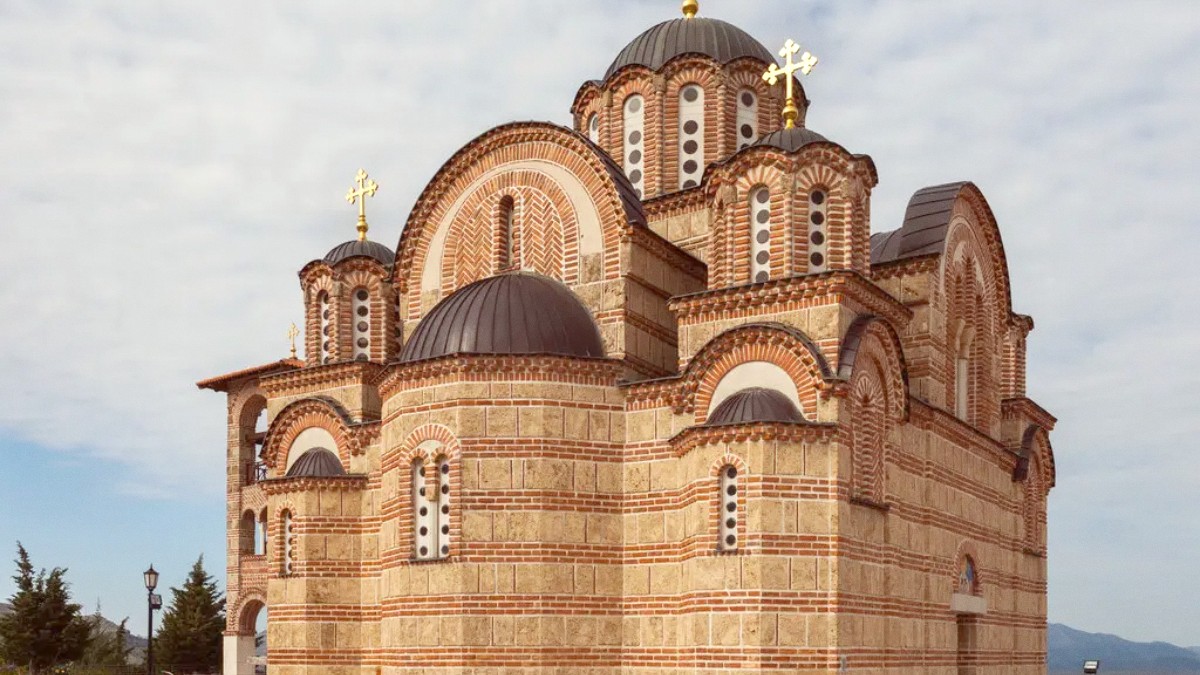
Bosnia Hercegovina
Trebinje gives an unique blend of Ottoman history, Austro-Hungarian elegance, and a laid-back Mediterranean vibe. This city, often overlooked by travelers rushing to the coast, presents an authentic and welcoming glimpse into life in southeastern Europe. It is a place where history whispers from every stone, and the pace of life encourages savoring each moment. Prepare for a destination that captivates with its charm, hospitality, and serene beauty.
Step into Trebinje, a city often called the "city of sun and plane trees." It is a place where the Trebišnjica River, clear and calm, mirrors the ancient stone architecture on its banks. The air carries the scent of oleander and freshly brewed coffee from outdoor cafes. Here, the clatter of a morning market blends with the gentle murmur of conversations under the shade of colossal plane trees. Trebinje presents a tranquil escape from the crowded coastal towns, yet it stays close enough to the Adriatic to give the best of both worlds.
This charming city in Bosnia and Herzegovina presents an unique blend of cultural influences, creating an atmosphere that feels both familiar and exotic. Its compact size means exploring its historic heart on foot, discovering hidden courtyards, quiet monasteries, and lively squares. Discover warmth in its people and a genuine welcome that makes you feel at home. The local cuisine bursts with fresh, regional flavors, and the local wines present a taste of Herzegovina’s fertile lands. Trebinje has a peaceful rhythm, encouraging unwinding and immersion in its distinctive character. It acts as a gateway to the wider region, making for easy day trips to neighboring countries, but it stands strong as a destination in its own right, full of quiet beauty and unexpected delights. Consider Trebinje for your next journey, and discover a Balkan gem waiting to be explored.
Trebinje sits in the southeastern part of Bosnia and Herzegovina, specifically within the Republika Srpska entity. It lies in the region of Herzegovina, known for its karst landscape, abundant sunshine, and Mediterranean climate. The city is positioned near the borders of three countries: Croatia to the west, Montenegro to the east, and just a short distance from the Adriatic Sea. This geographical placement makes Trebinje an excellent base for exploring the wider Balkan region.
The city nests in the valley of the Trebišnjica River, one of the world's longest sinking rivers. This river flows through Trebinje, creating a serene waterway that divides parts of the city and offers recreation and picturesque views. The river’s presence contributes significantly to the city’s mild climate and lush vegetation, giving a refreshing contrast to the surrounding dry, rocky hills.
Abundance of underground caves and springs.
Ample sunshine, thriving olive groves and vineyards.
Close to Dubrovnik (approximately 30 km) for coastal access.
Near Montenegrin border (about 20 km) for regional exploration.
Riverine tranquility, mountainous terrain, coastal access.
Trebinje's history spans millennia, leaving behind layers of Roman, Byzantine, Ottoman, Austro-Hungarian, and Yugoslav influences. This rich past shaped its architecture, culture, and identity, making the city a living museum of Balkan history.
Ancient beginnings root Trebinje in Roman times. The ancient Roman town of Leotar, the predecessor to modern Trebinje, existed on Crkvina Hill, where Hercegovacka Gračanica Monastery now stands. Archaeological findings, displayed in the Hercegovina Museum, show evidence of Roman presence and earlier settlements, indicating the strategic value of the area through the ages.
The Ottoman Empire arrived in the 15th century, exerting its influence for over four centuries, building the Old Town and the Arslanagić Bridge. The Austro-Hungarian Empire took control in 1878, bringing modernization, new infrastructure, and European influence.
During the medieval period, Trebinje served as a significant center. After World War I, it became part of the Kingdom of Yugoslavia, and later socialist Yugoslavia, continuing its regional development.
Today, Trebinje thrives as a peaceful and welcoming destination, proud of its diverse heritage. Its historical layers, from ancient ruins to modern developments, invite visitors to explore a narrative of resilience, cultural exchange, and enduring charm.
Trebinje presents a captivating snapshot of Herzegovinian life, blending historical depth with a relaxed, contemporary atmosphere. It has a slower pace than bustling coastal resorts, making possible true absorption of the local culture and beauty.
The city center is compact and easily walkable. The iconic Platani (plane trees) square forms the heart of social life, giving a cool respite and countless cafes where locals gather for coffee. Adjacent to it, the Old Town, with its ancient walls and narrow alleys, invites exploration. Discover the Hercegovina Museum within its bounds, displaying artifacts that tell the story of the region from prehistory to modern times. The Osman-paša Resulbegović Mosque also stands within the Old Town.
The Trebišnjica River and surrounding hills present serene landscapes.
Explore the Old Town, museums, and monasteries for historical insights.
Trebinje offers excellent value for accommodation, meals, and transport.
Trebinje’s climate, with its hot, dry summers and mild, wet winters, makes it an attractive destination for much of the year. Spring and autumn are especially pleasant, with comfortable temperatures for sightseeing and outdoor activities like hiking or cycling. The city acts as a convenient base for day trips to famous nearby destinations, including Dubrovnik in Croatia, Kotor in Montenegro, and Mostar in Bosnia and Herzegovina.